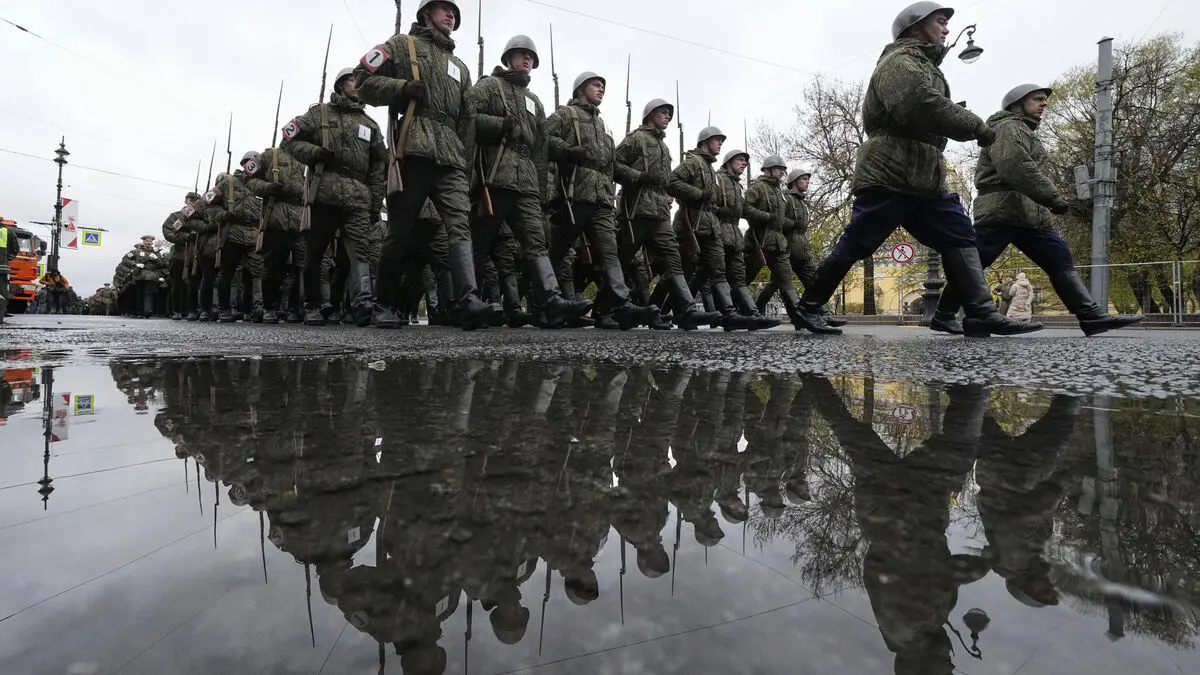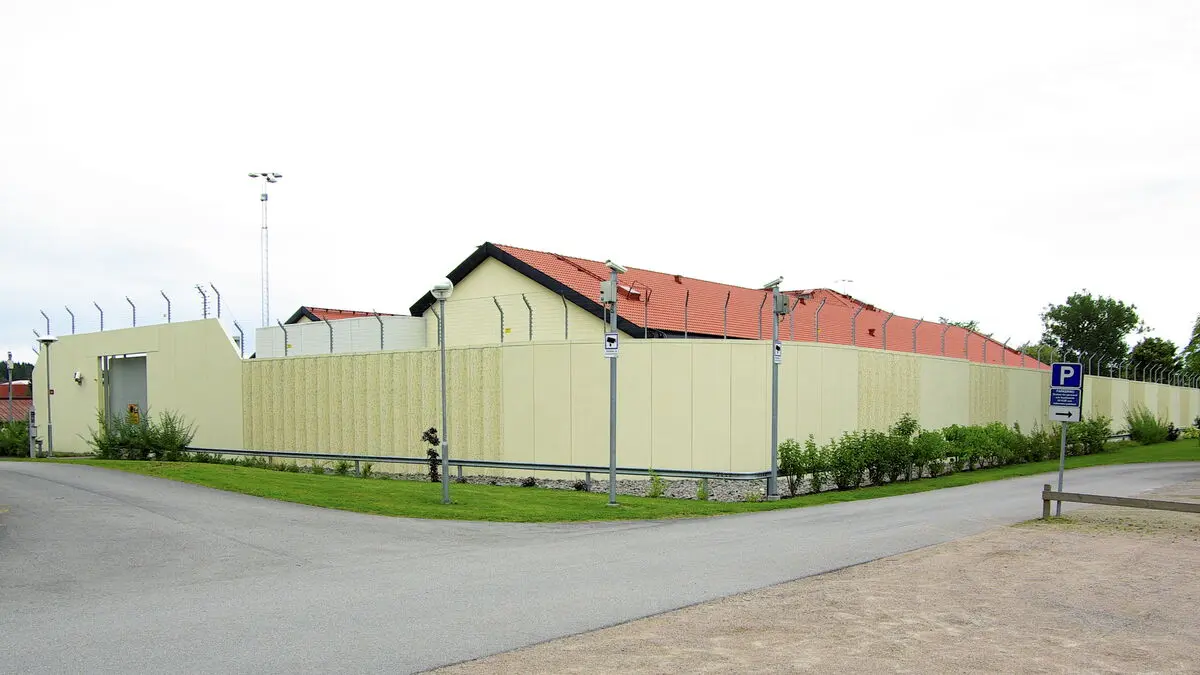It only happens maybe every five years. So how much would it cost to insure Sweden against a blackout of the electricity system, that is, when the regular power supply is not enough?
This is what researchers led by Energiforsk, jointly owned by the Energy Industry and Svenska kraftnät, have calculated.
Gas turbines are a simple technology, flexible to place where they are most needed, and the costs are predictable, according to the researchers.
In addition, they can be started up quickly when the need for electricity increases urgently.
Buying insurance
The additional demand from relatively expensive gas-produced electricity will probably not be needed very often. This means that no private investor is likely to invest. It is therefore necessary for the state to shoulder the cost of a more secure electricity system, according to Markus Wråke, CEO of Energiforsk.
What you do is buy insurance, he says.
In a new report, Energiforsk presents the conclusions from four research groups that have looked at how Sweden's electricity system can handle delivery when electricity consumption is expected to increase, at the same time as weather-dependent electricity spreads.
The question that is being asked at its core: How extreme situations can the electricity system cope with – and at what cost?
Building gas turbines is not very cheap, it would certainly end up on Swedes' electricity bills to some extent. The total "insurance cost" of gas turbines is estimated to cost around four billion kronor per year, according to the report.
Nuclear power insufficient
There are other alternatives, such as batteries or hydrogen storage, but they are still considered unsafe.
After 2035, Sweden may have more nuclear power, according to the government's wishes. Can nuclear power take over this insurance role?
No. The amount of nuclear power that we are talking about right now in Sweden, what is now planned to be built in the 2030s, probably will not make a dramatic difference, says Wråke.





